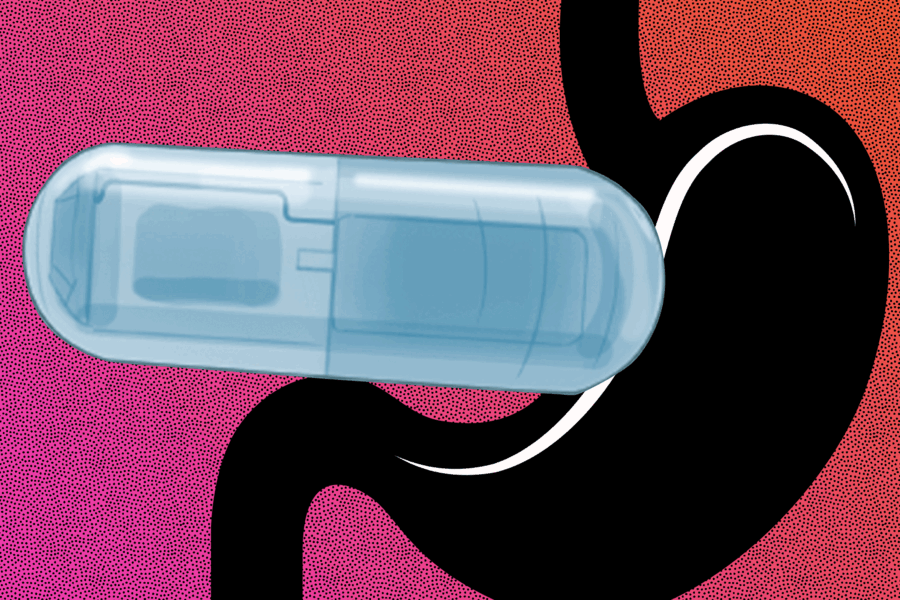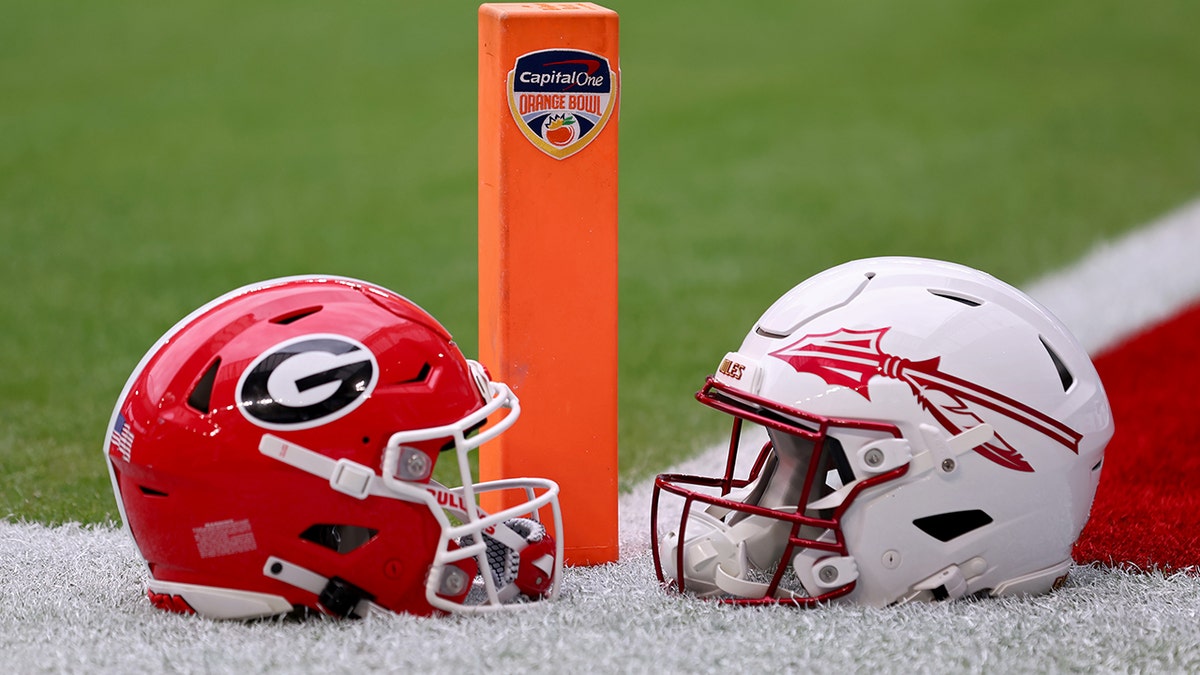How would you like to drive a car that runs on sunlight? Sounds cool, right? Well, that’s what the Solar City micro EV from Squad Mobility can do for you. It’s a small, cheap, and green car that can zip through the city streets without using any gas. And the best part is, it’s coming out in 2025.

Solar city vehicle (Squad Mobility) (Kurt “CyberGuy” Knutsson)
The solar-powered car by the numbers
Imagine driving a tiny car that runs on sunlight. That’s what these vehicles are all about. They have solar panels on the roof that can power them for up to 19 miles on a sunny day, depending on where you are. The Squad can also go as fast as 25 mph, which is not bad for a solar car.

Solar panels on roof of vehicle (Squad Mobility) (Kurt “CyberGuy” Knutsson)
But what if you need to go further or faster? No problem. These vehicles also have batteries that you can charge and swap. Each car can hold up to four batteries, which can give you a range of up to 62 miles.

Squad batteries (Squad Mobility) (Kurt “CyberGuy” Knutsson)
And they have plenty of space for your stuff, with 168 liters of storage. They also have two motors on the back wheels, two doors, a roll cage, safety belts, and four-wheel disk brakes, and a parking brake. The (LSV/L6) model seats two people while the (L7) model seats four people.

Squad seats and seat belts (Squad Mobility) (Kurt “CyberGuy” Knutsson)
They also offer easy parking in tight city spaces and quick maneuverability through traffic.

Squad pulling into parking space (Squad Mobility) (Kurt “CyberGuy” Knutsson)
MORE: WHY THIS MULTIPURPOSE ELECTRIC SCOOTER MIGHT SOON BE COMING TO YOUR NEIGHBORHOOD
No need to worry about plugging in your solar car
Squad’s solar cars work differently from regular EVs. These cars get charged every day throughout their lives. When the battery is full, it can’t take any more charge. But most users find that the daily usage and solar charge are well-balanced. On average, micro-cars drive about 7.5 miles per day, while Squad’s solar panel can give up to 13.7 miles of charge daily.

Squad vehicles in parking lot (Squad Mobility) (Kurt “CyberGuy” Knutsson)
Solar car safety and regulations
Squad vehicles are designed with safety in mind. According to the company, the Solar City car has several safety features, such as:
- A steel chassis that protects the passengers from impacts and collisions
- A roll cage that prevents the roof from collapsing in case of a rollover
- A seat belt and airbag system that reduces the risk of injury in case of a crash
- A rearview camera and parking sensors that help the driver maneuver in tight spaces and avoid obstacles
- A digital dashboard that displays the speed, battery level, solar power, and other information
- A GPS navigation and Bluetooth connectivity that allow the driver to access maps, music, and phone calls

Squad battery wall (Squad Mobility) (Kurt “CyberGuy” Knutsson)
MORE: HOW A FORMULA E RACE CAR WAS BUILT ENTIRELY FROM RECYCLED ELECTRIC WASTE
Meeting city demands with solar-powered vehicles
Cities worldwide face significant challenges related to space, emissions, and charging infrastructure. Squad addresses these concerns with its commitment to:
- A small vehicle footprint that optimizes scarce public space
- Emission-free, sustainable design and production
- Independence from traditional charging infrastructure
- Solar and regular power infrastructure charging options
Squad: solar at its core
All Squad vehicles, both current and future models, come equipped with integrated solar PV panels. This commitment to solar power ensures that every Squad on the road is a solar car. Squad is not just stopping at its current offerings. The company is actively developing a four-person L7 model, which will cater to families with children. This strategic move will keep the Squad’s size and weight low while maximizing efficiency.
Price of the solar car
The Solar City car is expected to cost around $6,250 before tax and will be available in the U.S. in 2025.
MORE: HOW THE MOTOR CITY IS PAVING THE WAY FOR WIRELESS CHARGING ROADS EVERYWHERE
Kurt’s key takeaways
What if you could zip around town in a sleek, solar-powered vehicle? That’s the vision of Squad, a company that is reimagining urban mobility with its innovative solar cars. Squad wants to make transportation more sustainable, efficient, and fun for everyone.
Would you feel comfortable driving or riding in such a tiny car? Let us know by writing us at Cyberguy.com/Contact.
For more of my tech tips & security alerts, subscribe to my free CyberGuy Report Newsletter by heading to Cyberguy.com/Newsletter.
Ask Kurt a question or let us know what stories you’d like us to cover.
Answers to the most asked CyberGuy questions:
Ideas for using those Holiday Gift cards:
Copyright 2024 CyberGuy.com. All rights reserved.


















